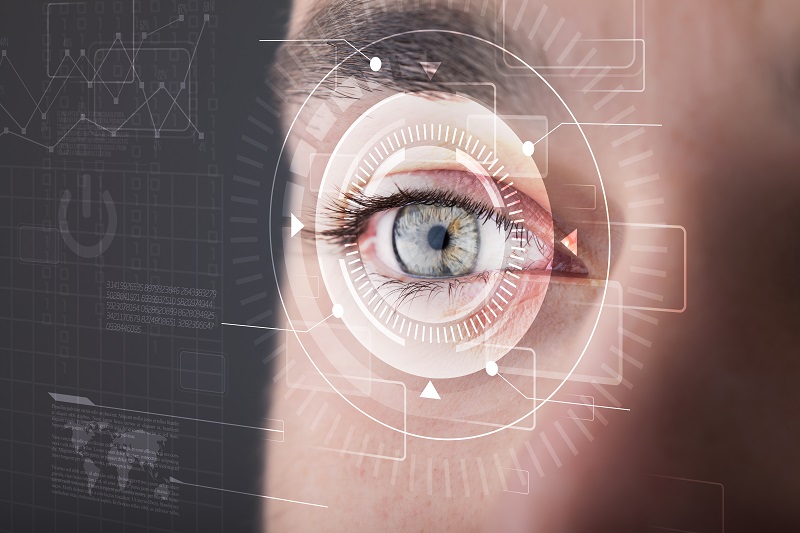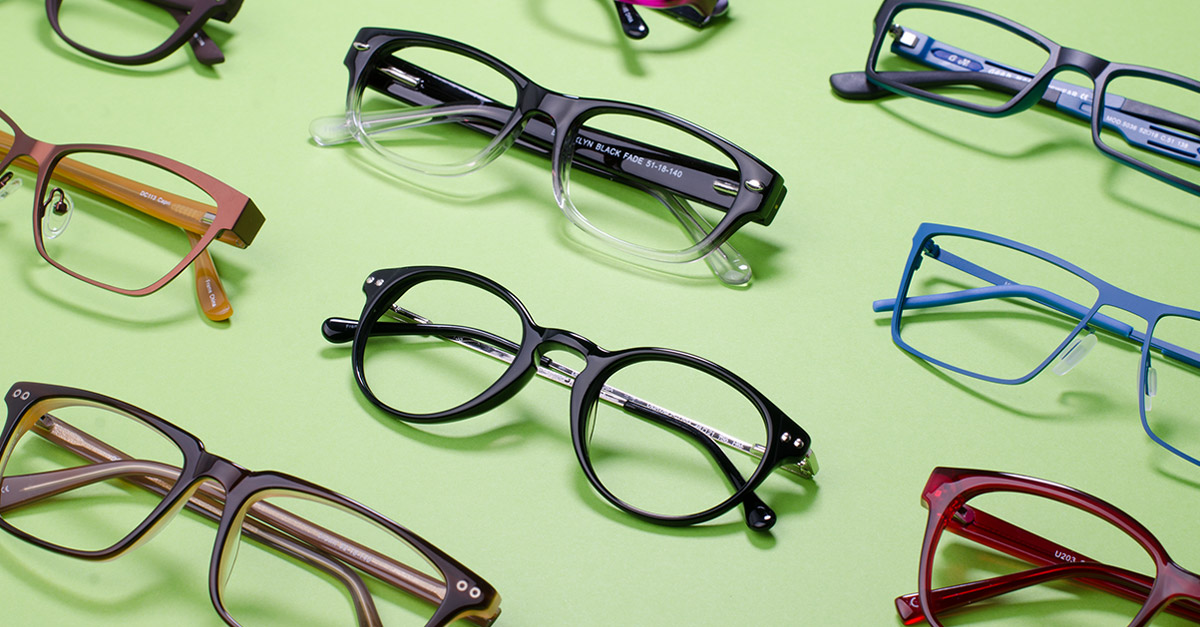When most people hear the term ‘multifocal glasses’, trifocals isn’t the first thing that comes to their mind.
However, there’s more to multifocals than just progressives and bifocals. There is another type of multifocal frame out there, eliminating the need to walk around with reading glasses as well as a pair for distance.
Bifocals, Trifocals & Progressive lenses: What’s the difference?
All three are huddled under the ‘multifocals’ umbrella – glasses with lenses that have two or more optical powers. All three can be used as prescription glasses and Rx. sunglasses as well.
Bifocals and Trifocals have their similarities: Both have segmented lenses, with a visible line (or lines) on the lens. Bifocals provide two optical powers, one for near and the other for distance. Trifocal lenses have three segments – Near, intermediate (arm’s length) and distance, with different lens designs based on requirement.
Eyeglasses with progressive lenses don’t have a visible line on the lens between fields of vision. Instead, they provide a smooth transition between multiple optical powers. With bifocals and trifocals, there is an “image jump” when switching the view between segments.
Who needs Trifocals?
Multifocal eyeglasses are usually prescribed to deal with age-related Presbyopia, a condition which causes a difficulty to focus on objects up close. Trifocals provide vision correction to rectify the issue, along with distance and intermediate ranges. As progressive lenses become more and more common, trifocals have become more of “niche” glasses, catering to specific needs and less to general, everyday use.
Standard Trifocal Lens Design
Trifocal lenses aren’t a ‘one design fits all’ deal, with different designs catering to specific requirements along with the standard, everyday-wear use.
The standard trifocal lens design is called a flat-top design, with a distance region that takes up the upper and middle portion of the lens, along with the peripherals, while the segments for near and intermediate are at the bottom of the lens.
Another popular design is the executive trifocal lens with a more evened out design: A large upper portion for distance, with wider segments of intermediate and near-vision below. Particularly useful for people who spend a lot of time in front of a computer screen.

“Niche” Trifocals
In addition to the flat-top and the executive, there are other designs of trifocal lenses with a particular job or activity in mind, not intended for everyday use.
Like the executive, the E-D trifocal lens puts an emphasis on providing a wide area of intermediate and near vision. It’s especially useful for people who need to focus on objects (usually computer screens) at arm’s length and reading distance.
The E-D is utilized best by people who require a wide view of objects at arm’s length but maintain a clear view for distance and near. Someone who needs to read while looking across the room would make good use of this lens.
The Double-D trifocal lens is the most popular “specialized” trifocal. It has a flipped flat-top segment for intermediate or near at the top of the lens and another flat-top segment for near vision at the bottom of the lens. The center of the lens is for distance.
Car mechanics benefit the most from this trifocal lens design, allowing them to see their tools and other objects from up close, while also needing to work on vehicles on a lift, which is easier when looking through the intermediate segment.
Anti-Reflective Coating and Getting Rid of the Lines
Bifocals are often referred to as “old people’s glasses” because of the unfashionable lines on the lens. While trifocals usually have a more activity-oriented purpose, they can suffer from the same notoriety. Another issue with trifocals is that people find the reflection of light, especially during night time, increased due to the lined lenses.
Adding anti-reflective coatings to trifocals makes the lines on the lens less visible, reducing the amount of light reflected off the junction lines between the segments.









